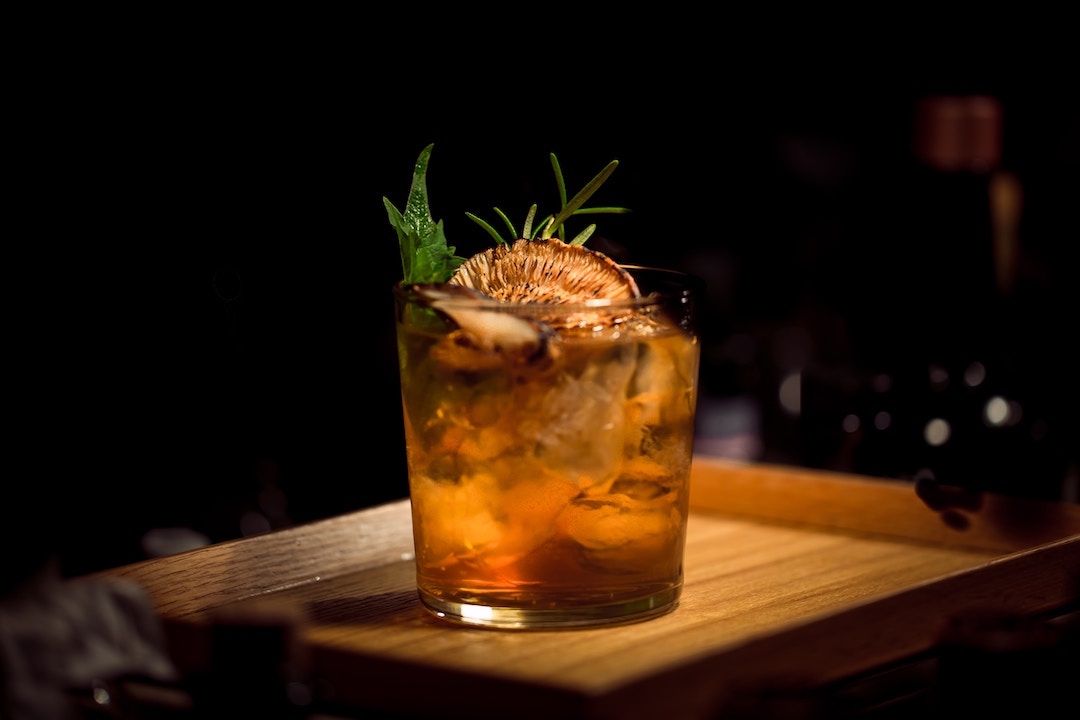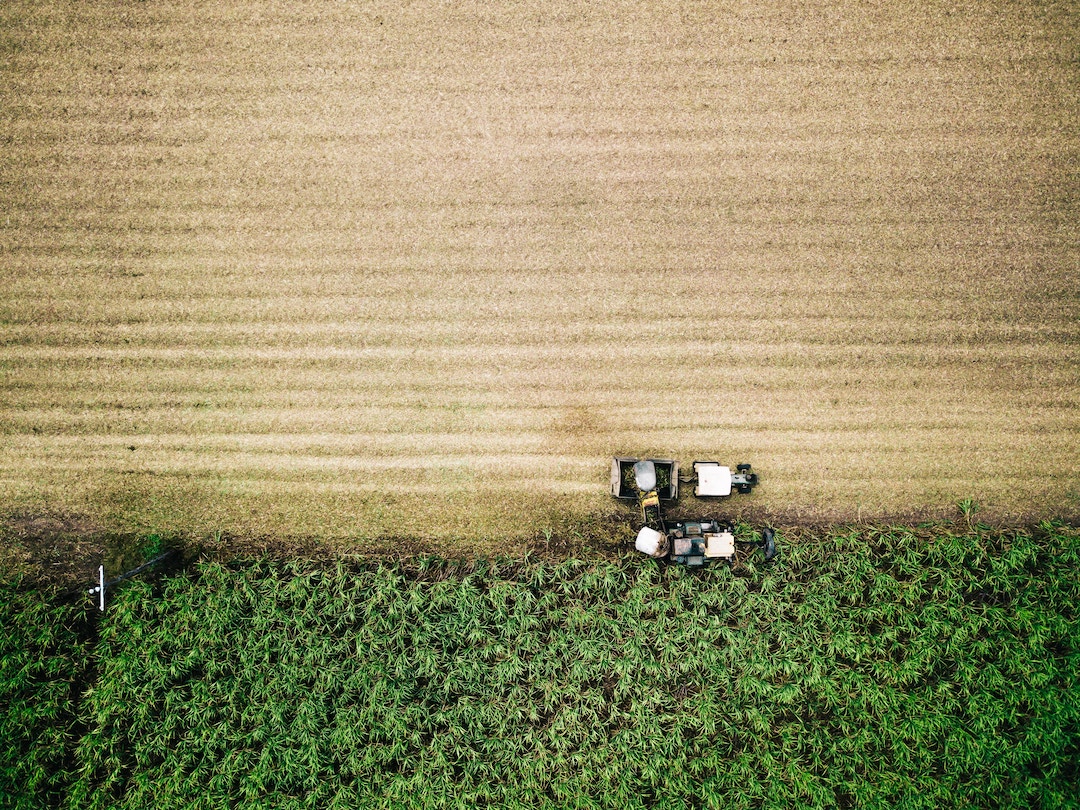Paul Messenger founded Husk Rum with a dream of creating a truly Australian spirit.
In developing his farm-to-bottle distillery, he came up against several setbacks and challenges. However, it resulted in a high-quality and delicious rum that reflects the core of the Australian landscape.
Did you always want to work in the spirit industry?
In 1998, I read about a guy in Tasmania making Whisky using local barley and fell in love with the idea of producing spirits from regional produce. Then in 2009, I went on a family cruise through the Caribbean. Every island held new surprises and discoveries about rum. The locals told me their “rhum” was the best in the world, made from fresh cane juice instead of molasses. It was light, bright and vibrant, and I was immediately inspired. I knew I wanted to create a style of Australian rum from the freshest juice of the finest sugar cane in the prettiest valley in Australia.

What inspired you to start experimenting with cane juice rum? What sets cane juice rum apart from other types of rum?
What captured my imagination in the Caribbean was the connection between rum, place and people.
As a by-product of sugar production, molasses is a commodity. It can be stored for long periods of time and transported all over the world, meaning molasses rum can be made anywhere in the world. Juice is different, you can’t store it and you can’t transport it. You can only make juice rum for about five months of the year during the harvest season, and it has to be produced on-site. That means the product reflects the local cane varieties, the geology, soil, water, climate and season in which it was made.
It can take years to perfect the process of making juice rum, but when mastered, the quality and character of the liquid is unlike any other rum. A fine matured juice rum is dry, complex and very well balanced.
What challenges did you face in establishing your business?
The first challenge was working out how we could generate cash flow to keep the business going while all of our rum was quietly ageing in barrels.
In order to supplement our income, I started researching traditional botanicals and bought the seeds of a flower called the Butterfly Pea. I picked and dried them and started experimenting with different gin recipes mixed with lemon or lime juice. The result was a vivid, bright sparkling blush pink effervescence that seemed to light up the room. In 2015, after another three years of trials with other botanicals, testing and development we launched the world’s first colour-changing gin!

What have you learnt while operating and running Husk Rum?
When we started Husk Distillers we had a dream, but zero knowledge of farming, distilling, manufacturing or hospitality.
We built this business from the ground up, and constantly learnt on the job. Having an earth science research background was helpful, and my wife Mandaley also had experience in business and building renovation. So we made a pretty good team.
Husk has taught us the importance of patience and flexibility. We’ve learnt to approach situations with an open mind, and acknowledge that things don’t always go as planned. Having a solid strategy, working diligently, and persevering through challenges are crucial elements of success.
However, the most important lesson I’ve learnt is to surround yourself with good people. I like to think that together with our family, farmers, and staff, we’ve created something that we can all be proud of.
How does the Aussie landscape and weather affect you and your business?
The Tweed Valley is one of the highest rainfall districts in South East Australia. During the devastating floods of 2017 and 2022, our beautiful valley was almost destroyed. Everyone in the Caldera was badly impacted, including us.
It was heartbreaking, but within a few weeks and after a huge cleanup effort we were once more open to the public, though it took several months more to really get back to normal.
However, we like to think that this weather makes our rum even more unique. Like other place-specific farm-to-bottle spirits, our rum reflects the Aussie landscape, its beauty and its challenges.
Tell me about your distillery. How does a farm-to-bottle distillery work and what makes it unique?
A ‘Farm to Bottle’ or ‘Single Estate’ distillery operation grows its own raw materials, and also ferments, distils and bottles all on the same farm. This makes it special because the rum can only be made in a certain place and at a certain time.

What feedback have you received from customers and visitors?
We have been fortunate to receive positive feedback from both our customers and visitors. Many have expressed their appreciation for the unique and distinct flavours of our rum and have praised its smoothness and complexity.
Visitors to our distillery have also been impressed by the immersive experience we offer. They enjoy learning about the journey from paddock to bottle and understanding rum production.
What’s next for Husk Rum?
We want to introduce Australians to new and exciting consumer experiences. It’s our goal to help Australians “find their rum” and rediscover this highly versatile spirit.
In doing so, we want to become part of the culture and identity of our region, the Caldera Coast, and bring value to our regional community. We want to be part of the next chapter in Australian rum history, helping everyone to appreciate this iconic spirit.
To uncover another Australian rum reinventing the spirit industry, click here.

